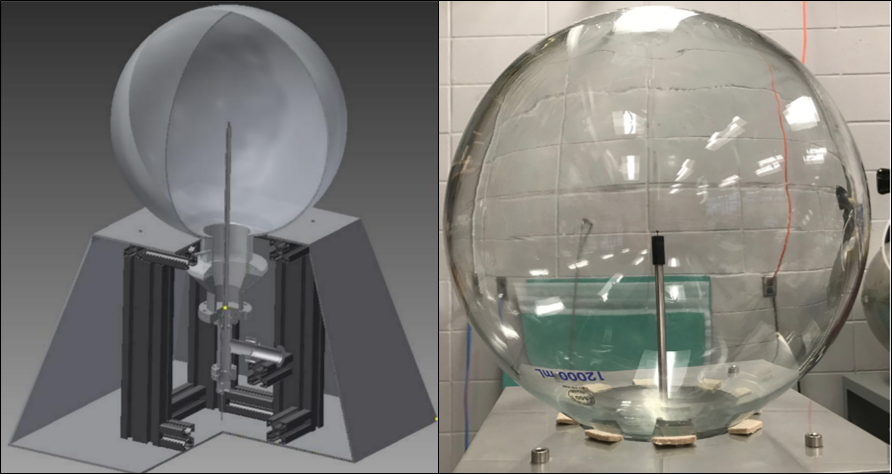A novel spherical glass detector has been proposed as an outreach vessel for the NEWS-G project. This stand-alone detector would be easily moved to various locations, and would be the perfect demonstration vessel for museums, visitor centers, and various science outreach events to show the functioning of a NEWS-G detector and anticipated signals observed from a variety of particle interactions within the spherical volume. Featuring integrated electronics and an easily sealed gas system, the glass detector can be filled with a variety of gases and left to operate for months at a time. A digital display showing the pulses from different particle interactions as well as a proposed audible ‘ping’ for each different particle is an easy audio-visual demonstration for all ages; easy demonstrations could include the injection of Radon to the system to show the increase in high energy events.

Work continues on a prototype 30 cm glass sphere at Queen’s University, and the integrated electronics at CEA Saclay; the glass sphere made its debut at the first International Dark Matter Day in 2017 at Queen’s University. Additional benefits of small stand-alone detectors such as these also include the possibility of introducing them as undergraduate physics laboratories for the study of particle physics.
 Queen's Physics Department
Queen's Physics Department